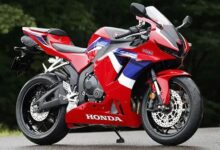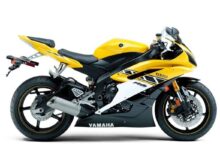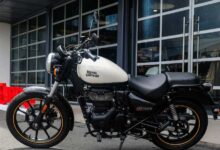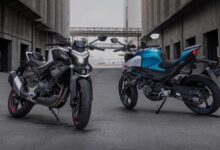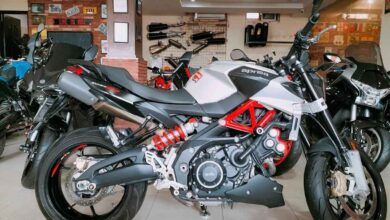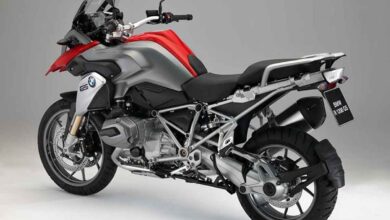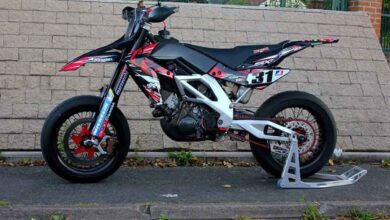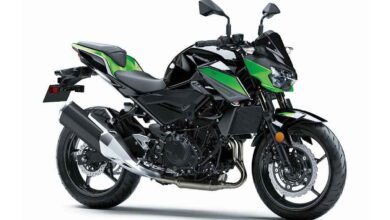A Comprehensive Review of the Honda ST1300
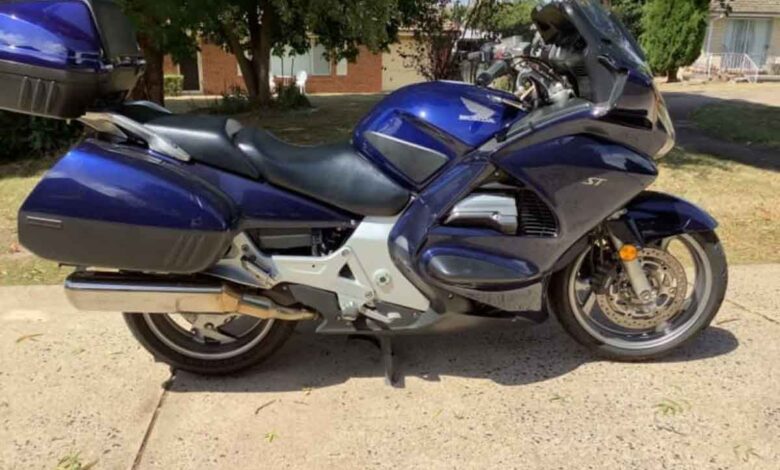
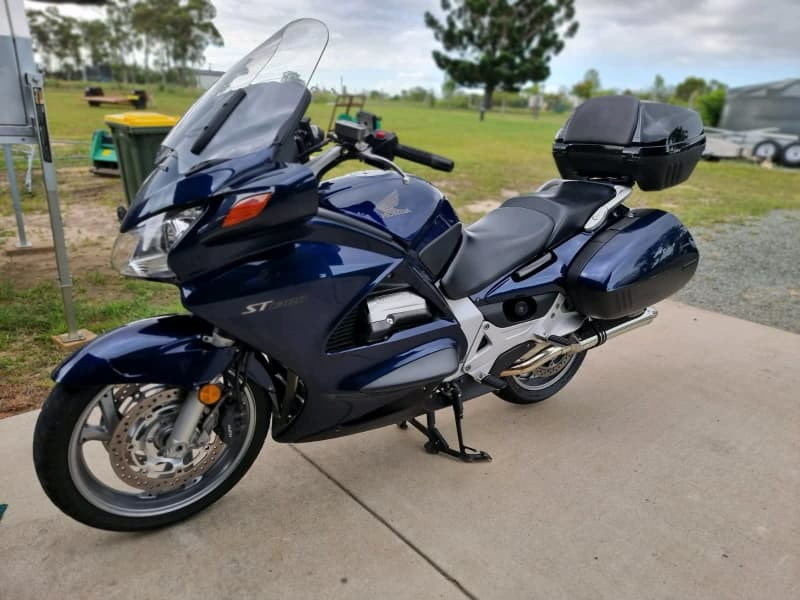
Contents
- 1 Description
- 2 Introduction to the Honda ST1300
- 3 HONDA ST1300 PAN EUROPEAN 2002 – 2018
- 4 Ride quality & brakes
- 5 The engine of the Honda ST1300 Pan
- 6 In terms of reliability and build quality
- 7 In terms of value,
- 8 Performance
- 9 Comfort and Ergonomics
- 10 Model history & versions
- 11 Handling and Stability
- 12 Features and Technology
- 13 Maintenance and Reliability
- 14 Price and Value
- 15 Conclusion
Description
In this blog post, we will delve into the world of the Honda ST1300, a powerful and versatile touring motorcycle. Whether you’re a seasoned rider looking for your next adventure or a newbie exploring the world of two-wheelers, this review will provide you with all the information you need to make an informed decision. From its performance and features to its comfort and design, we’ll cover it all. So sit back, grab a cup of coffee, and let’s dive into the world of the Honda ST1300!
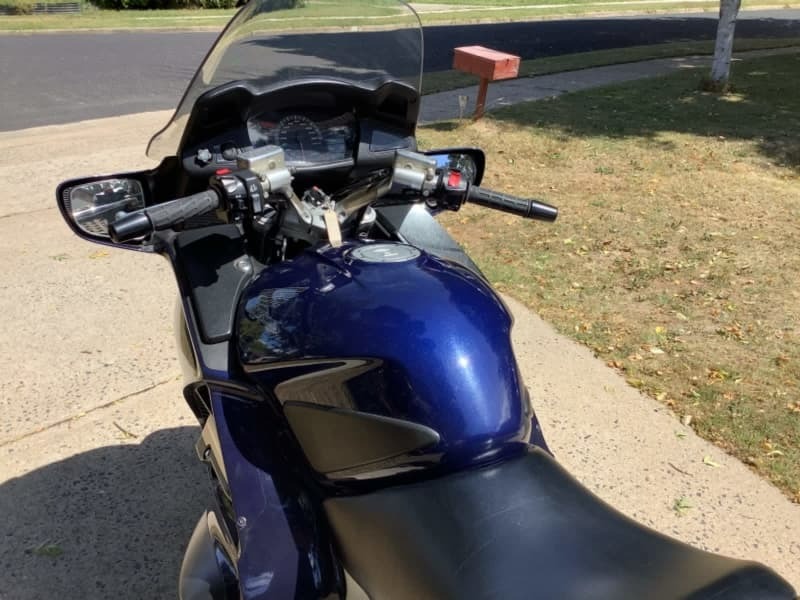
Introduction to the Honda ST1300
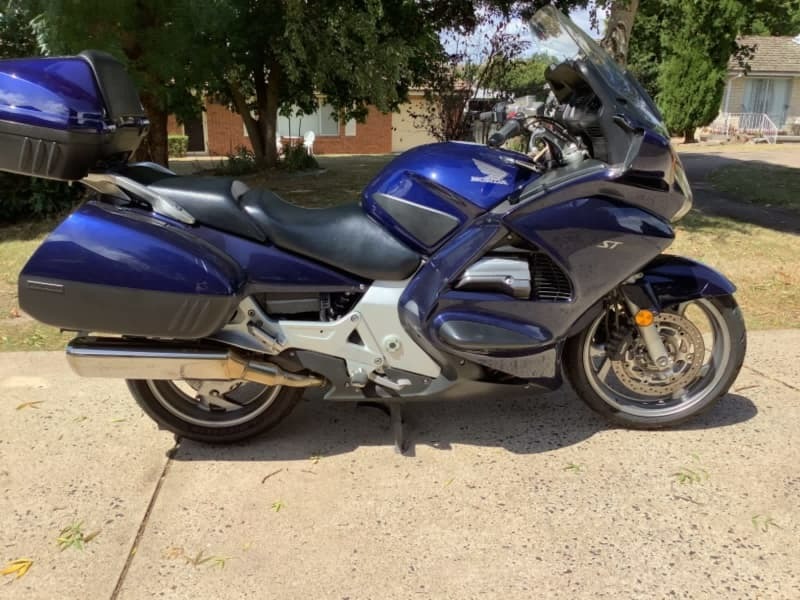
The Honda ST1300, also known as the Pan-European, is a sport touring motorcycle that has gained a loyal following since its introduction in 2002. Designed for long-distance riding and touring, the ST1300 combines power, comfort, and reliability to deliver an exceptional riding experience.
HONDA ST1300 PAN EUROPEAN 2002 – 2018
The Honda Pan European ST1300 is a highly accomplished touring motorbike.
It effortlessly fulfills all your requirements and more. With its smoothness, comfort, speed, power, and solid construction, the Honda Pan European ST1300 should be at the top of anyone’s list, whether they are looking for a bike for long-distance touring or a stylish commuter. Truly superb.
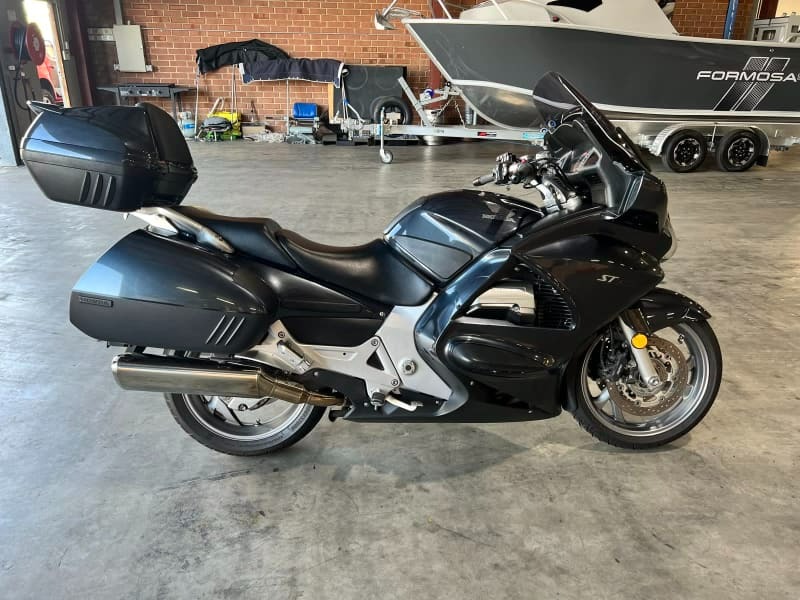
The ST1300 replaced the equally impressive Honda ST1100 Pan European, which was in production from 1989 to 2001. Thanks to their winning combination of comfort, performance, luggage capacity, and practicality, Pan European models have often been utilized as police, ambulance, and blood bikes over the years.
Ride quality & brakes
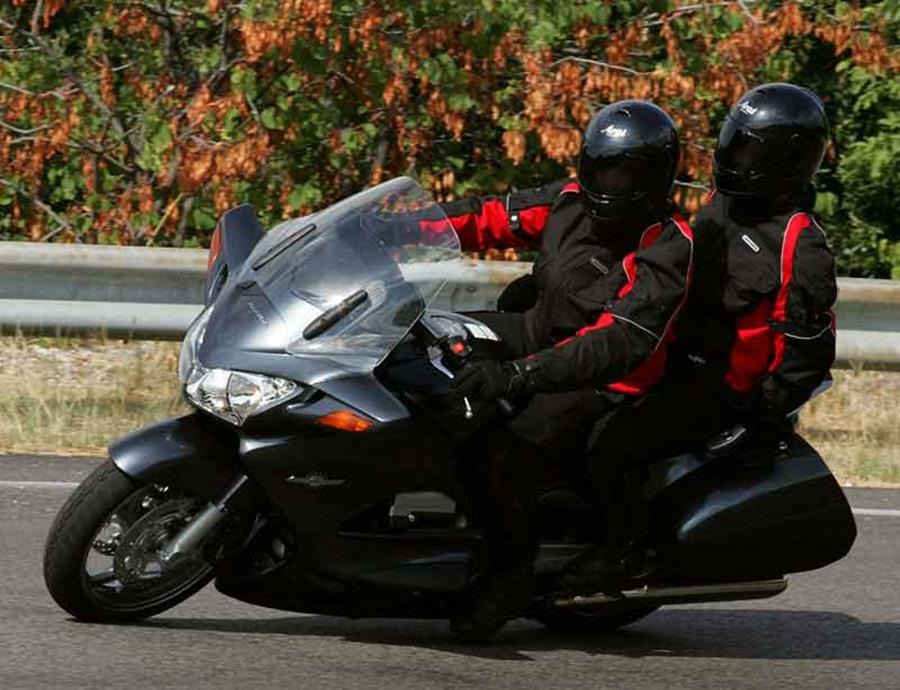
If you are able to find a low-mileage used model (they can still be found), it can provide an economical alternative to a modern long-distance touring bike or a bike suitable for two-up touring duties.
The Honda Pan European is a pleasure to ride with its low seat and easy handling. However, you may notice a lack of ground clearance when your pegs start grinding. The seat starts off as too firm, but after 6-7000 miles, it begins to soften up slightly.
The brakes are excellent and the balance of the bike is near-perfect. Even with a passenger, you’ll hardly notice a difference in performance.
The engine of the Honda ST1300 Pan
European is a DOHC V4, which is the last of the great Honda V4s. It delivers smooth and powerful performance, making it unmistakable. It performs well in any gear and at any time, delivering effortless power. While it may not be the most exciting engine, it is highly competent.
In terms of reliability and build quality
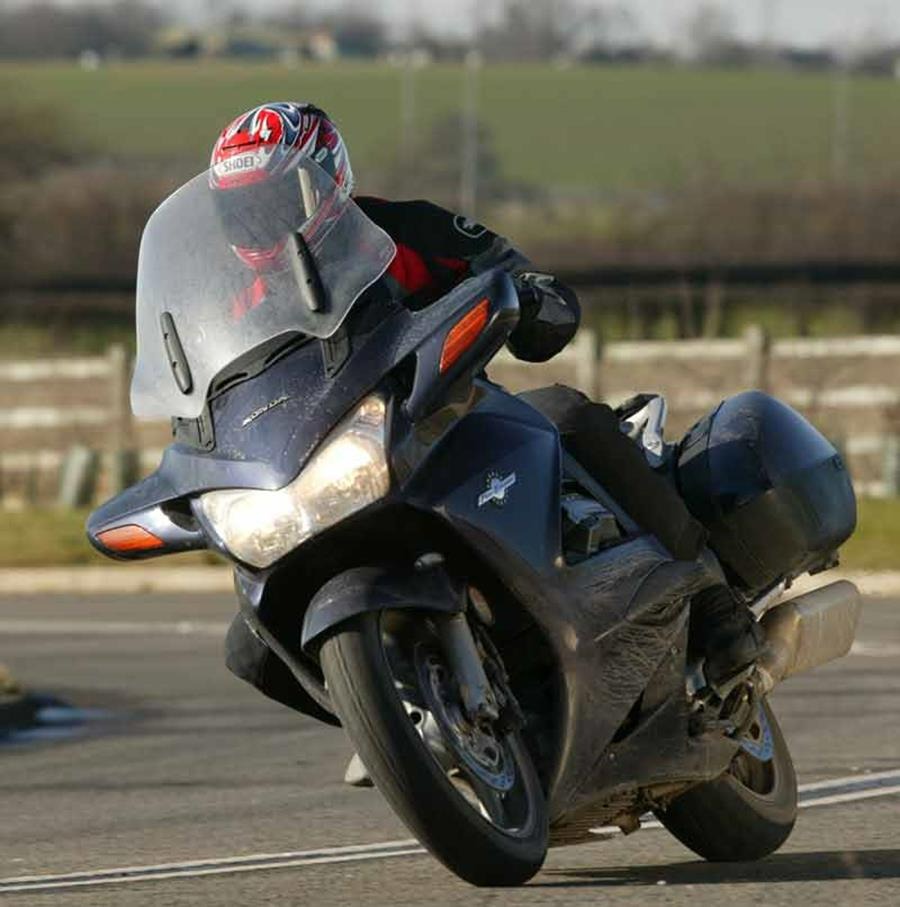
early models of the Honda Pan European ST1300 had some issues with corrosion. However, these problems seem to have been resolved in post-2004 machines. Owners of the Honda ST1300 Pan European are typically experienced and responsible riders. Combined with the reliable V4 engine and low-maintenance shaft drive, this makes the bike a safe choice for trouble-free miles, whether new or used.
There have been some issues reported with the handling of the Honda Pan European, with some riders finding it less interesting. However, overall reliability has been praised by owners.
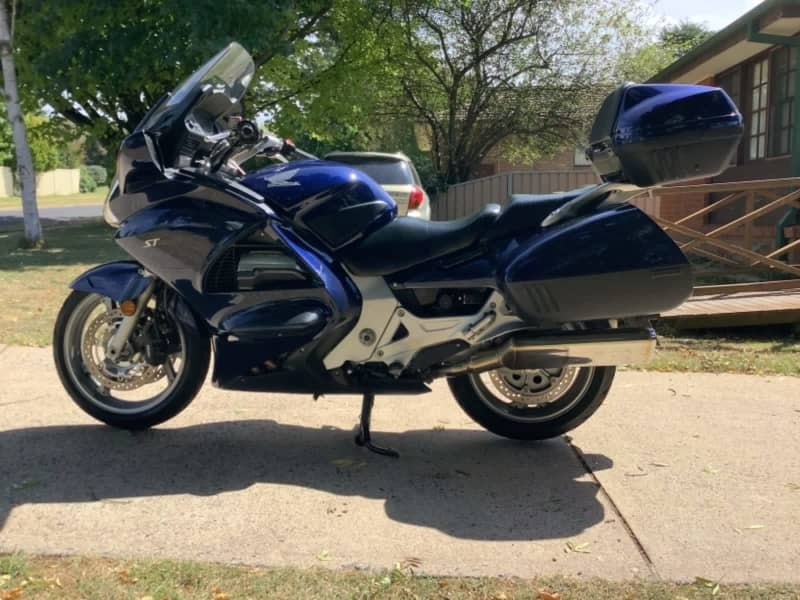
There have been concerns raised about the safety of Honda Pan Europeans used by police forces. A coroner has stated that these bikes pose a “serious and continual” threat to lives. There have been cases where police officers lost control of their vehicles due to violent shaking at high speeds. Even during safety tests, examiners have been injured as a result of high-speed weaving. It should be noted that these problems seem to mainly affect police motorcycles that have been modified with heavy emergency and communications equipment, altering the center of gravity.
In terms of value,
Honda Pan Europeans depreciate slowly due to their reliability and desirability. They are in high demand in the secondhand market, so you can expect to get a good return on your investment. Mileage is also less of a concern for buyers due to the bike’s reputation for reliability.
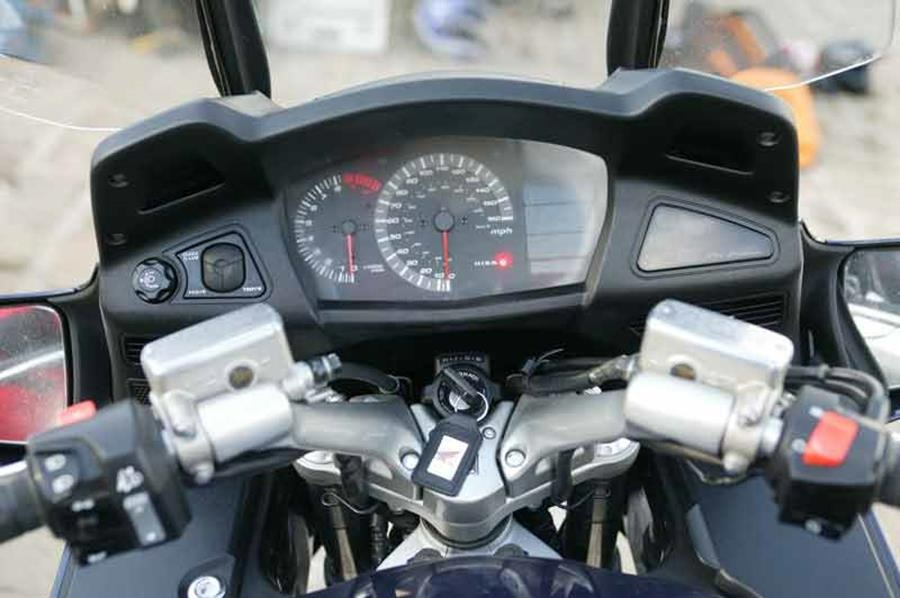
If you are considering alternatives, the BMW R1250RT is a modern option. However, many manufacturers have discontinued this style of touring bike. If two-up touring is your goal, the Triumph Tiger 1200 GT, a big adventure bike with road-biased features, could be a suitable choice. For those who prefer a different style, the Kawasaki H2 SX SE is a supercharged touring bike with sportier aesthetics and comparable touring capabilities.
The Honda Pan European ST1300 comes with standard features such as CBS (Combined Braking System) and panniers. You also have the option to add heated grips.
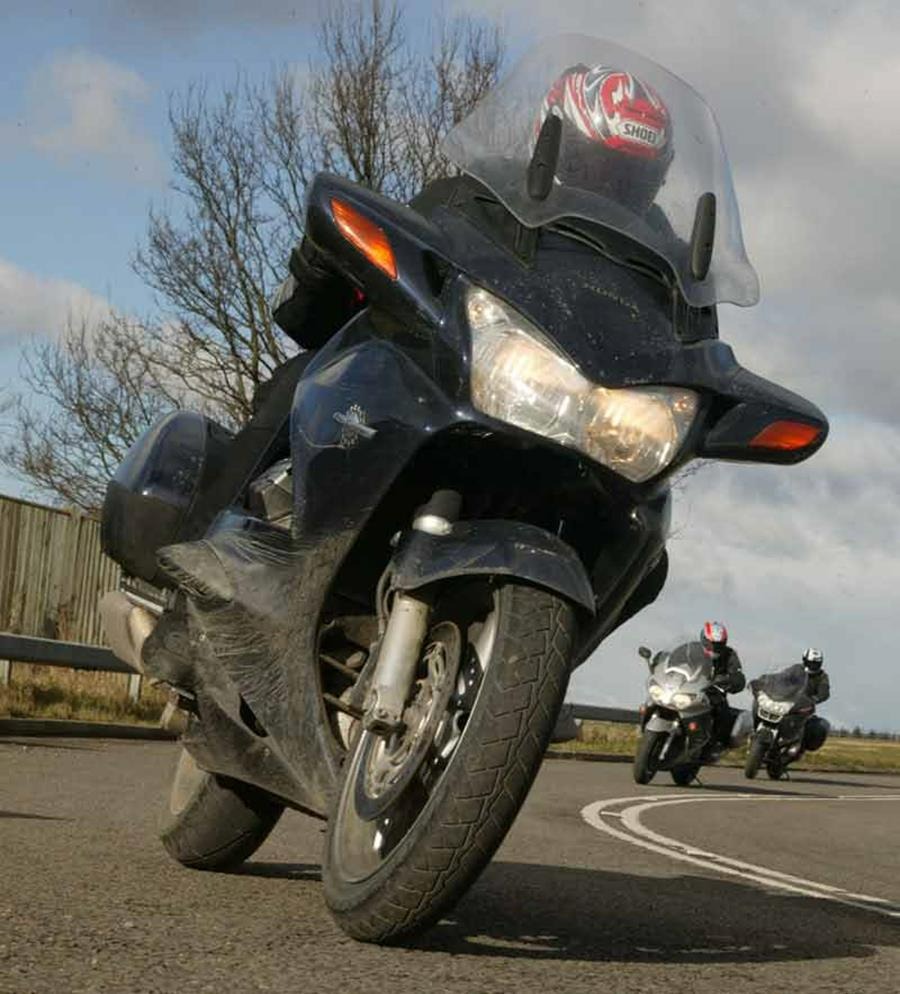
Performance
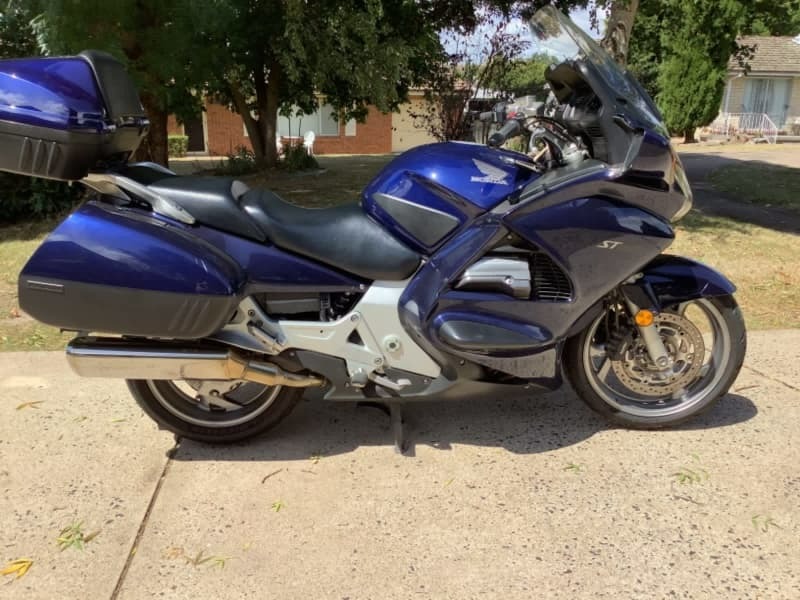
At the heart of the Honda ST1300 is a liquid-cooled, 1,261cc V4 engine that produces impressive power and torque. With a smooth and linear power delivery, the ST1300 is capable of effortlessly cruising at highway speeds while still offering plenty of passing power. The engine is mated to a five-speed transmission that shifts seamlessly, allowing for easy acceleration and smooth gear changes.
Comfort and Ergonomics

The Honda ST1300 is designed with long-distance touring in mind, and its comfort features reflect that. The bike features a plush seat that provides excellent support for both the rider and passenger, ensuring a comfortable ride even on extended journeys. The ergonomics are well thought out, with adjustable handlebars and footpegs that can be tailored to suit individual preferences. Additionally, wind protection is excellent thanks to the aerodynamic fairing and windscreen, reducing fatigue and allowing for a more enjoyable ride.
| Specs | |
| Engine size | 1261cc |
|---|---|
| Engine type | 16v, V4 6 gears |
| Frame type | Aluminium twin spar |
| Fuel capacity | 29 litres |
| Seat height | 805mm |
| Bike weight | 287kg |
| Front suspension | Preload |
| Rear suspension | Preload, rebound |
| Front brake | Twin 310mm discs |
| Rear brake | 316mm disc |
| Front tyre size | 120/70 x 18 |
| Rear tyre size | 170/60 x 17 |
| Mpg, costs & insurance | |
| Average fuel consumption | 45 mpg |
|---|---|
| Annual road tax | £111 |
| Annual service cost | £290 |
| New price | – |
| Used price | £2,800 – £7,500 |
| Insurance group | 14 of 17 How much to insure? |
| Warranty term | Two year unlimited mileage |
| Top speed & performance | |
| Max power | 125 bhp |
|---|---|
| Max torque | 92 ft-lb |
| Top speed | 141 mph |
| 1/4 mile acceleration | 12.5 secs |
| Tank range | 270 miles |
Model history & versions
Model history
- 2002: Honda ST1300 Pan European as replacement for Honda ST1100 Pan European.
- 2011: Honda refine range to ST1300A Pan European.
- 2018: Bike goes off sale.
Other versions
- Honda Pan European ST1300 ABS: Anti-lock braking system fitted as standard alongside CBS.
Handling and Stability
Despite its size, the Honda ST1300 handles remarkably well. The bike’s low center of gravity and well-balanced chassis make it easy to maneuver through tight corners and twisty roads. The suspension is tuned for a comfortable yet sporty ride, absorbing bumps and imperfections in the road with ease. Stability at high speeds is excellent, thanks in part to the bike’s weight distribution and aerodynamics. Whether you’re navigating city streets or cruising on the open highway, the ST1300 inspires confidence and offers a stable and controlled ride.
Features and Technology
The Honda ST1300 comes equipped with a range of features and technology that enhance convenience and safety. Some notable features include:
- ABS: The ST1300 is equipped with an advanced anti-lock braking system that provides enhanced stopping power while reducing the risk of wheel lock-up.
- Integrated Luggage: The bike features integrated hard cases on both sides, providing ample storage space for your belongings during long trips.
- Adjustable Windscreen: The windscreen can be adjusted to different heights, allowing the rider to customize the level of wind protection.
- Cruise Control: Long-distance touring is made even more comfortable with the inclusion of cruise control, which helps to reduce fatigue on extended rides.
- LED Lighting: The ST1300 features LED headlights and taillights, providing improved visibility and enhancing safety.
Read more:
Honda CBR vs Honda CB: Comparing Two Iconic Honda Motorcycles 2023
Yamaha R7 vs Honda CBR650R: A Detailed Comparison of Specs and Features
Maintenance and Reliability
Honda is known for producing reliable motorcycles, and the ST1300 is no exception. With regular maintenance and proper care, this bike can last for many years without any major issues. Routine maintenance tasks such as oil changes, filter replacements, and chain adjustments are relatively straightforward and can be done by most riders with basic mechanical skills. Spare parts are readily available, making maintenance and repairs hassle-free.
Price and Value
The Honda ST1300 is priced competitively within its class, offering excellent value for the features and performance it provides. While it may not be the cheapest option on the market, its reliability, comfort, and performance make it a worthwhile investment for riders who prioritize long-distance touring and comfort.
Conclusion
In conclusion, the Honda ST1300 is a superb touring motorcycle that ticks all the boxes for those seeking a comfortable, powerful, and reliable ride. With its impressive performance, comfort features, and thoughtful design, the ST1300 is a top choice for riders who enjoy long-distance journeys and want to do so in style. Whether you’re embarking on a cross-country road trip or simply seeking adventure on the open road, the Honda ST1300 will not disappoint. So why wait? It’s time to saddle up and experience the thrill of the Honda ST1300 for yourself!
Facebook: https://www.facebook.com/Motobikeinworld
Twiter: https://twitter.com/motoinworld2023
Instagram: https://www.instagram.com/motoinworld/
Pinteres: https://www.pinterest.com/motoinworld/




